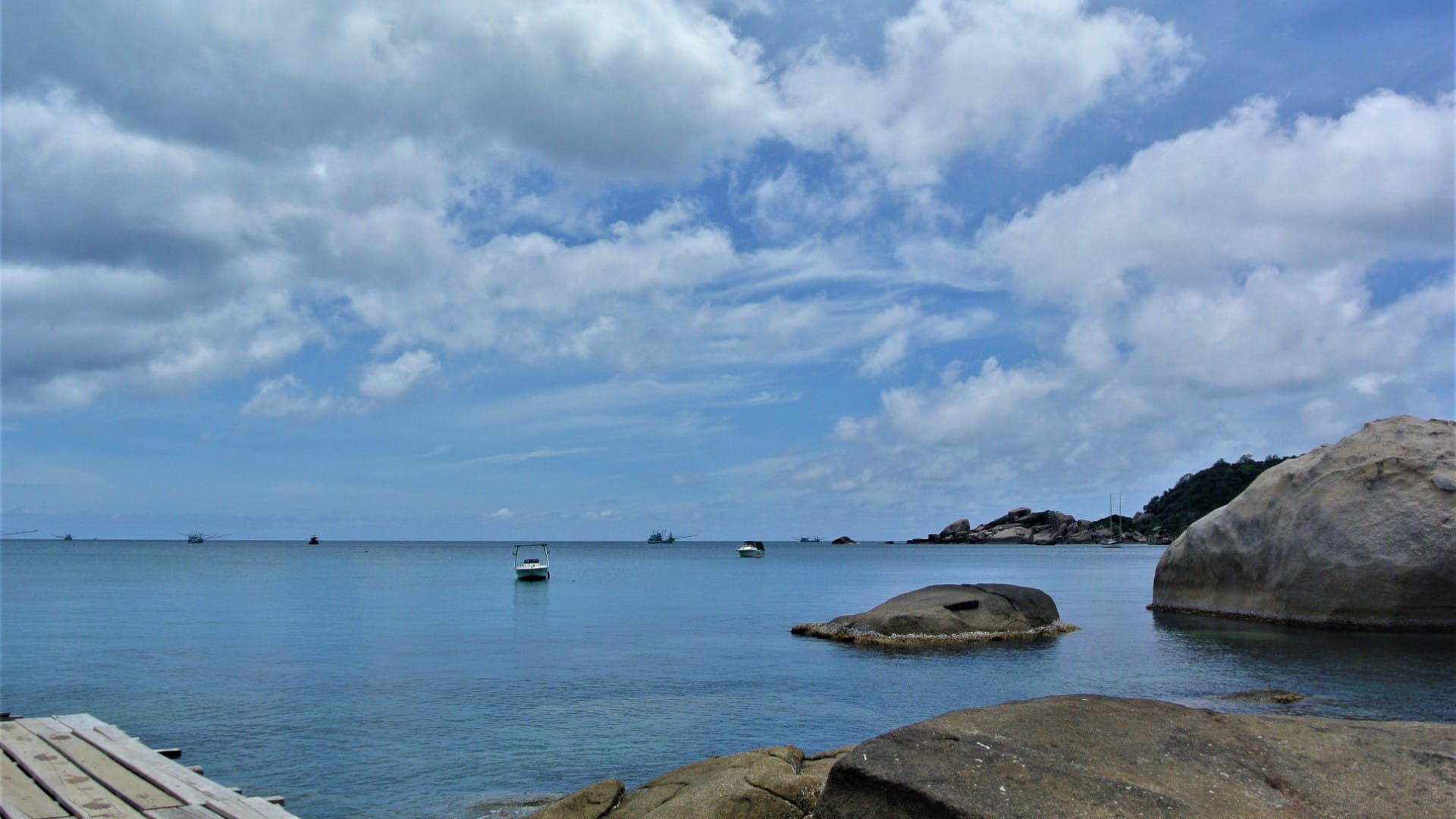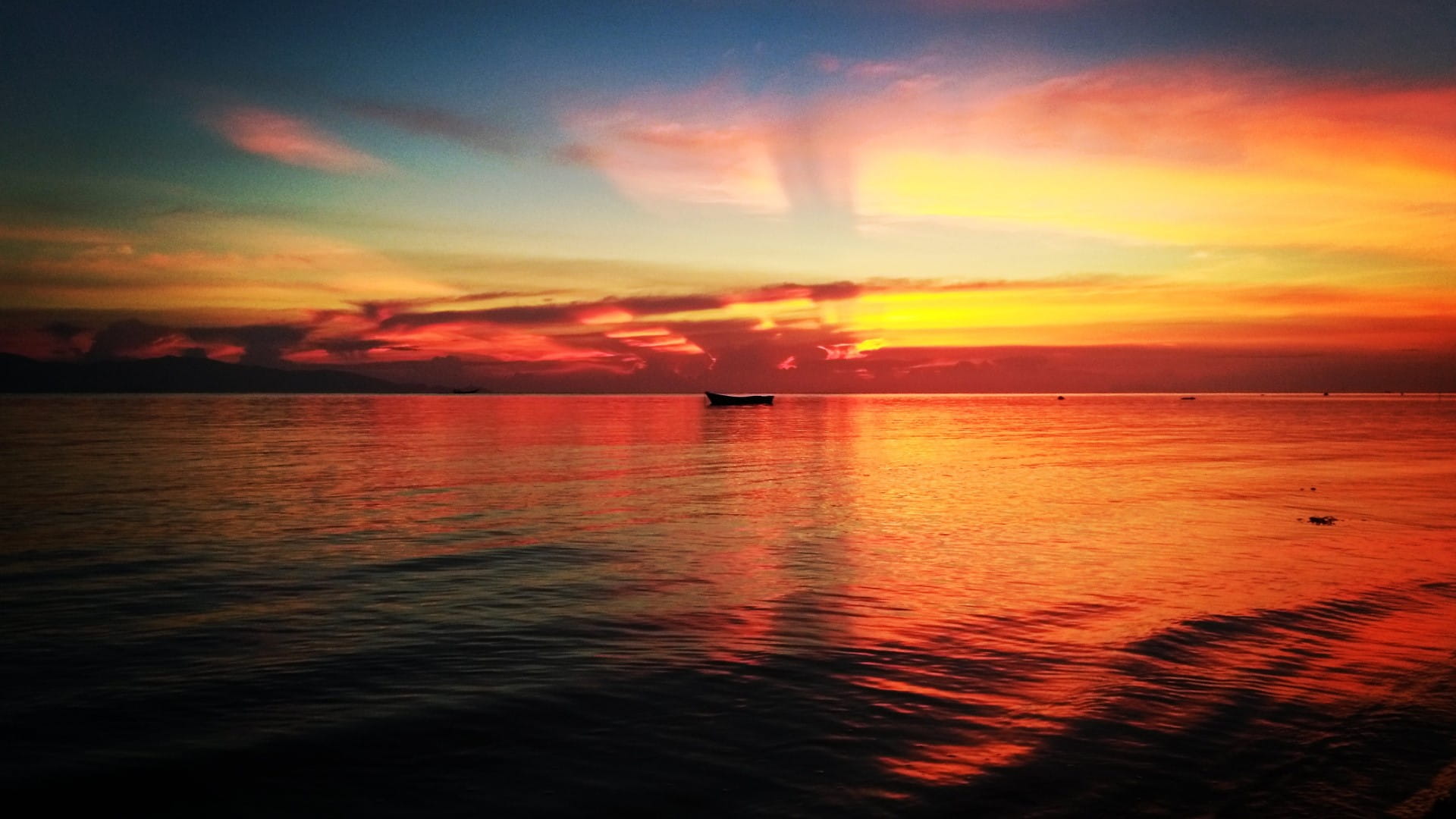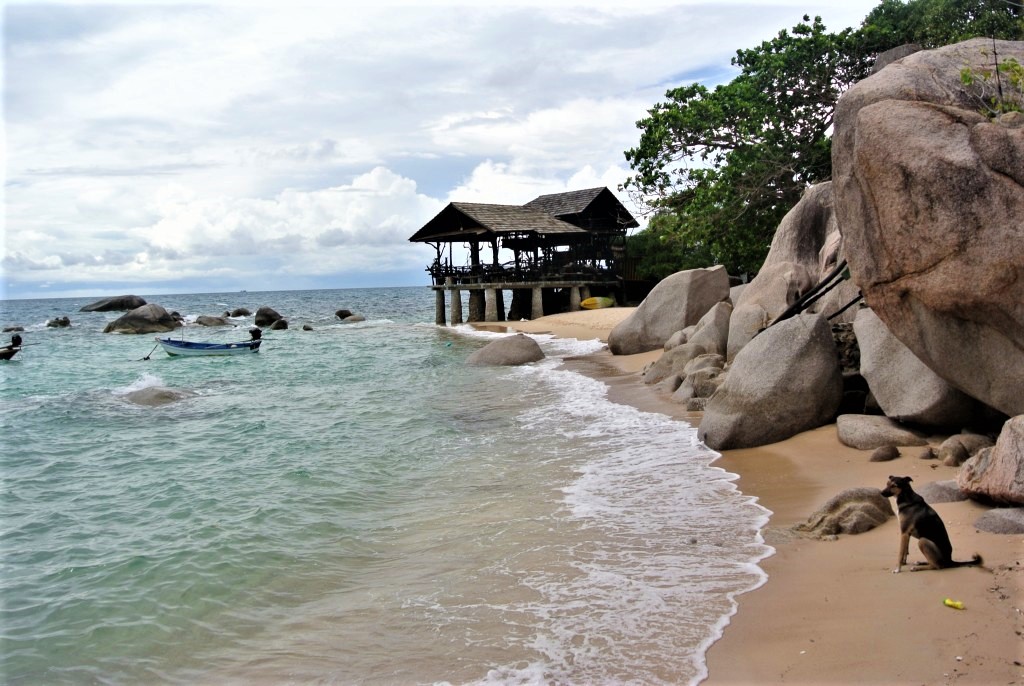
From Penal Colony to Paradise: The Story of Koh Tao
Koh Tao hasn’t always been a top travel destination — its past holds darker episodes. Here’s a look back at the key periods of this island with many faces.
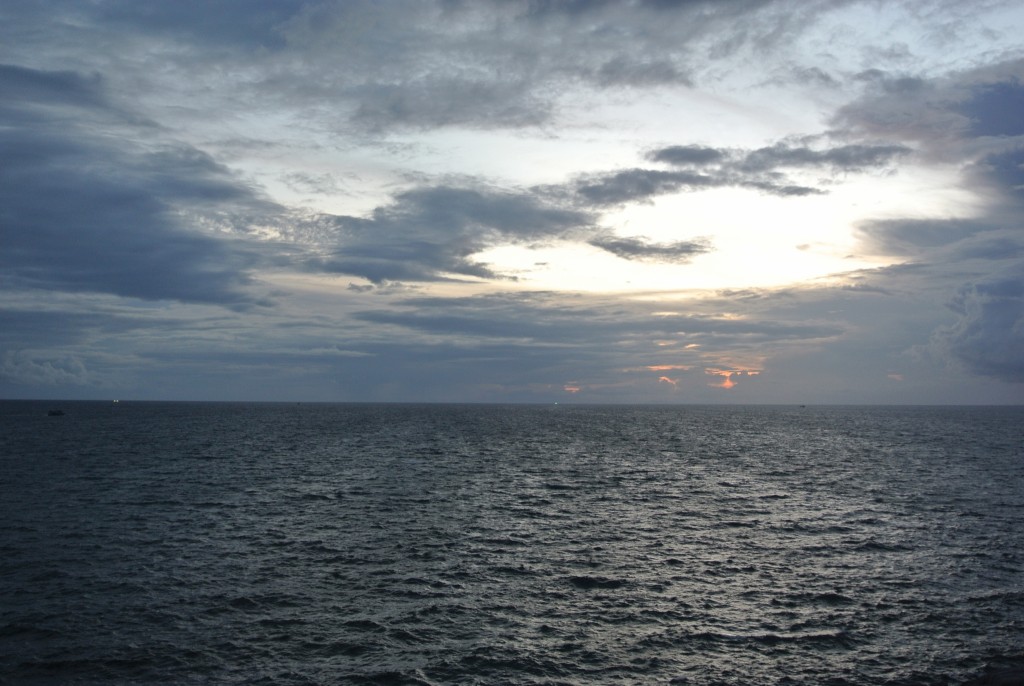
A Brief History of Koh Tao
For more than 35 years, Koh Tao has been famous for its beaches, laid-back vibe, and rich marine life. One of its standout features is its population of sea turtles — “Tao” means turtle in Thai. Over time, a whole tourism industry grew around its natural wealth. But the island remained isolated for a long period — until 1943.
Between 1943 and 1945, Koh Tao was used to house about fifty political prisoners, guarded by as many wardens. Much like the infamous French penal colony in Cayenne, Koh Tao had the ideal traits for a remote prison: isolation, no local population, strong sea currents that made swimming escape nearly impossible, and even some sharks. On top of that, malaria was widespread. After two years, living conditions became unbearable. Exhausted, the guards left with the prisoners, returning them to more “comfortable” detention facilities.
Koh Tao: A Natural Refuge for Wildlife and Settlers
The island returned to its role as a haven for fishermen, until a few pioneers arrived. They survived off fishing, but also by growing coconuts, rice, and orchids. This small ecosystem was preserved thanks to the sustainable practices of the early settlers. In 1977, the first travelers arrived via coconut merchant boats or fishing vessels. Soon, basic wooden bungalows popped up along the main beach, and the first diving trips began. It was the start of a tourism boom that would grow exponentially. From 2010 to the end of 2019, Koh Tao welcomed about 350,000 visitors per year. In 2020, the Covid pandemic halted all activity. While the tourism sector took a serious hit, nature had a rare opportunity to recover.
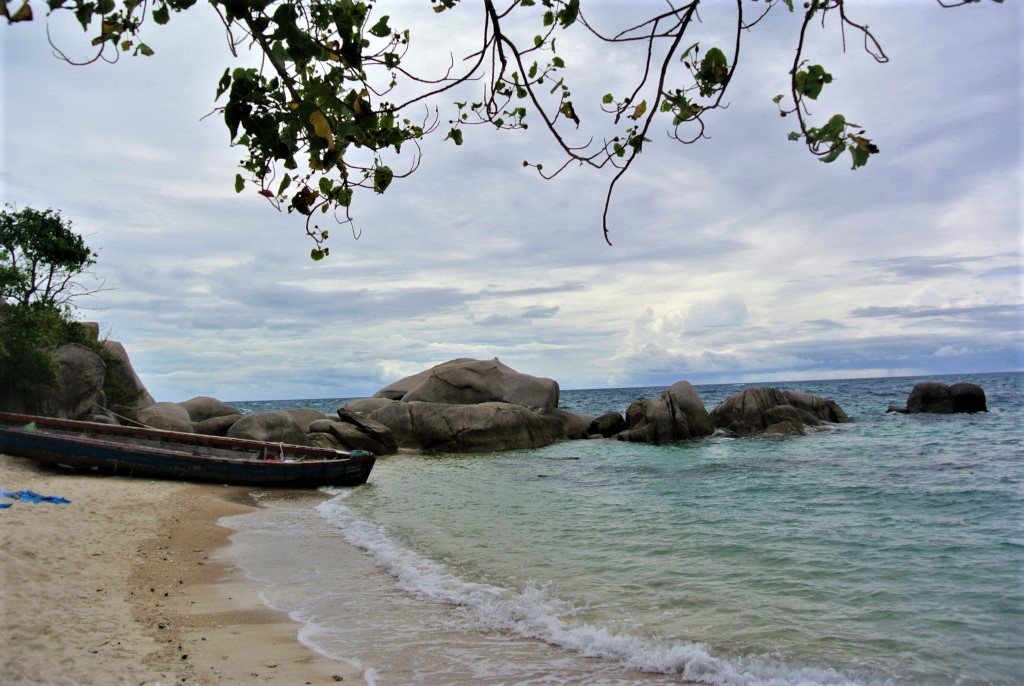
The Arrival of Mass Tourism
Koh Tao has changed a lot. The wooden bungalows have mostly been replaced by modern resorts. Today, the island is equipped with all the infrastructure needed for mass tourism: luxury hotels, lively bars, and restaurants in stunning locations. Dozens of diving schools offer quick certifications for anyone wanting to discover Cousteau’s world.
Even though Koh Tao is often referred to as “PADI Island”, the landscapes and underwater scenery are still breathtaking. The sand remains soft, and the sunsets are just as captivating.
Another important point to emphasise is that the authorities have understood the delicate balance between the tourist economy and ecology. Since 2021, a funding programme has been helping to develop environmental protection projects.
Look Beyond the Postcards
Several tragic events — accidents, murders, disappearances — have cast a shadow over Koh Tao’s postcard-perfect image. As a result, the island’s news is closely monitored.
Many travelers ask the same question: is Koh Tao safe? It’s hard to say. But it’s worth noting that the island’s roads can be rough, the sea can be unpredictable, and not all encounters are friendly.
… You’ve been warned.
FAQ about Koh Tao
Is Koh Tao safe for solo travelers?
Koh Tao is generally safe, but travelers should remain cautious, especially at night. Stay on well-lit roads and avoid remote areas alone.
What is Koh Tao famous for?
Koh Tao is best known for scuba diving, sea turtles, and laid-back beach life. It’s one of the top destinations in Southeast Asia for dive certification.
When is the best time to visit Koh Tao?
The ideal season runs from March to September, with calm seas and clear skies. October to December sees more rain.
Can I visit Koh Tao on a budget?
Yes. While luxury resorts exist, budget travelers can find hostels, local eateries, and affordable dive schools.



